Miloslava Kalibová, one of the 143 female survivors of the Massacre of Lidice, passed away peacefully just before her 97th birthday.
With the death of Mrs. Kalibová, Jaroslava Skleničková is the only remaining survivor of this horrendous act.
Mrs. Kalibová was born on the 29th December 1922 in Lidice. In 1942, when she was just 19, she witnessed her father being slaughtered along with all the other men from the village she lived in, Lidice.
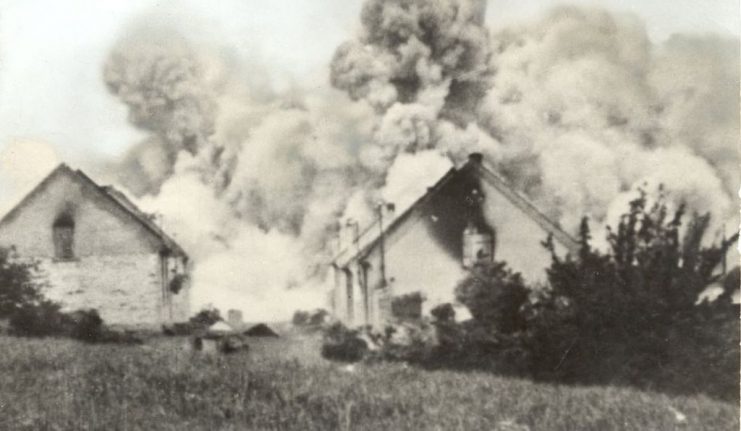
Following the massacre, she, along with her mother and the other women, were sent to Ravensbruck concentration camp, where she lived for over three years. She was released from the camp and returned to Czechoslovakia on the 2nd June 1945.
A spokeswoman for the Lidice Memorial, Filip Petlička, told the Czech Press Agency that Mrs. Kalibová took an active part in discussions and interviews about her life.
She spoke to adult groups as well as to children and the youth. Her personal recollections and testimony about what happened on that fateful day have been included in several documentary films.
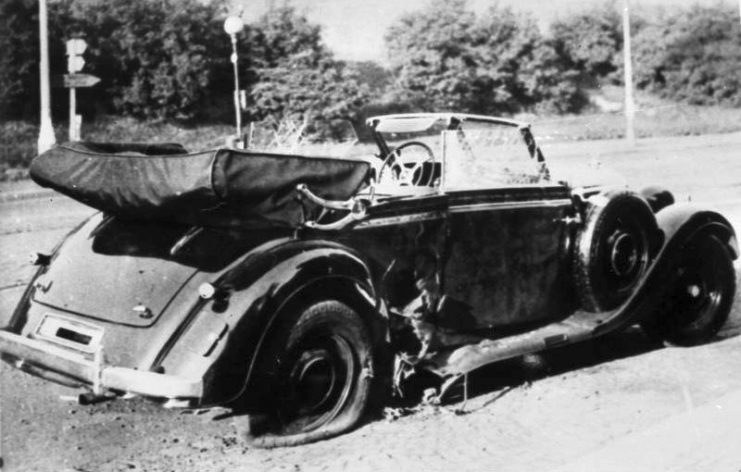
In October 2012, the President of Germany, Joachim Gauck, visited Czechoslovakia. During his visit, he took the time to visit Lidice.
This was a follow-up to a letter sent to the Czech authorities in June 2012, on the 70th Anniversary of the massacre.
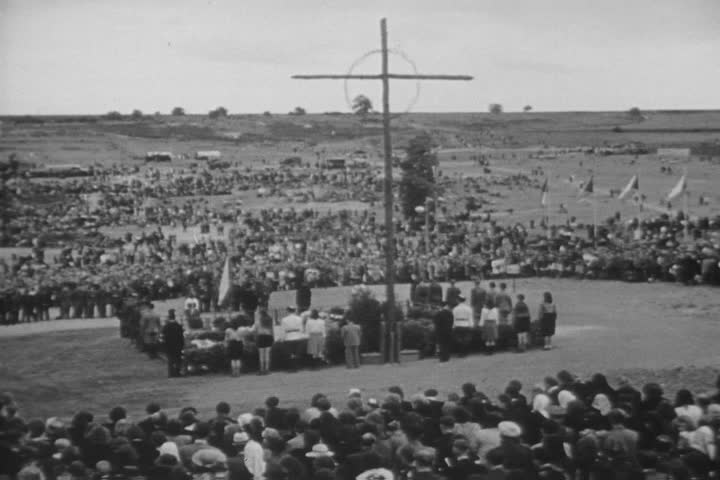
In the letter, he expressed his deep sorrow for the killings and said that Germany accepted responsibility for these acts. During his visit, he met with the survivors, including Mrs. Kalibová.
Mrs. Kalibová’s funeral took place on the 7th January 2020 in Prague at the crematorium in the Motol Quarter.
Lidice Massacre
Lidice was a small village that was first mentioned in literature from 1318, lies 20km west of Prague.
When the Nazis invaded Czechoslovakia, they found a resistance movement that was growing in numbers.
To put a stop to this movement, a deputy Reichsprotektor was appointed in September 1941. This man was SS Obergruppenfuhrer Reinherd Heydrich.
Heydrich embarked on a reign of terror, and during this time, over 5,000 anti-Fascist resistance members or their sympathizers were imprisoned.
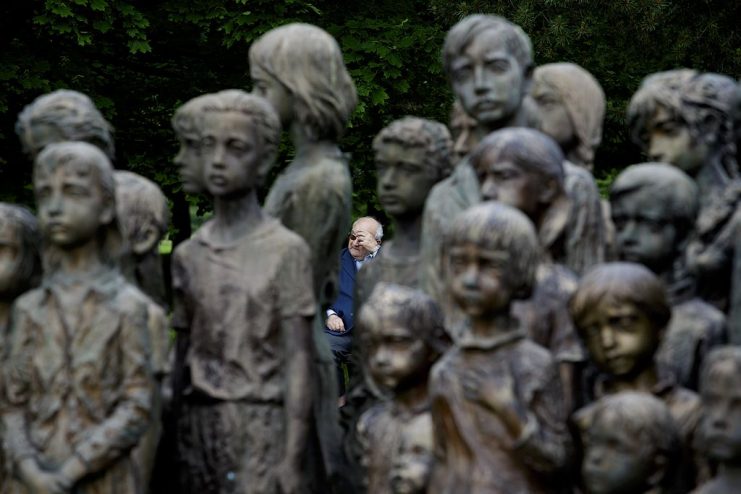
As the area was under martial law, many were summarily executed without trial. This was done to sow fear into the people in the surrounding countryside.
The Czech government, in exile, living in London, decided that Heydrich had to be removed.
They sent a Czech airborne team that parachuted into their homeland. On the 27th May 1942, they fatally wounded Heydrich, an act that had fatal consequences for the residents of Lidice.
The owner of a factory in Slaný had in his possession a letter addressed to a woman in his employ.
He turned the letter over to the Gestapo in Kladno, and based on the contents of the letter, the Gestapo decided that there was a connection between the Horák family that lived in Lidice and the assassination of Heydrich.
The undertook a search of the village and found nothing incriminating. Still, someone had to pay for the death of Heydrich, and the Gestapo chose the people of Lidice.
Just after midnight of 10th June 1942, the Gestapo moved into the village, and what transpired shocked the world.
173 men from Lidice were shot, and the women and children were taken to the Kladno grammar school, where they were held in the gymnasium.
Three days later, all the children were removed from their mothers. Babies under a year in age and children selected for adoption by German families were taken away.
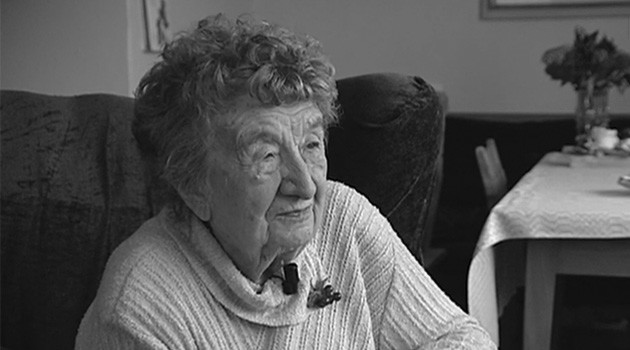
All the other children were transferred to Chełmno upon Nerr in Poland, to a Nazi extermination camp. There they were all exterminated by being gassed.
The women were all transported to the Ravensbruck concentration camp.
Once all the inhabitants had been removed, the Germans methodically destroyed the village in its entirety, right down to the destruction of the graveyard of the church.
At the end of the war, there was simply a vacant space where the village had once existed, surrounded by notices from the Nazis forbidding entry to the area.
In 1947, the Czech authorities started to build a new village. In May 1948, houses were built some 300 meters from the site of the original village.
The old site was preserved as a memorial, as was the common grave of the men shot that fateful day.
US Man Exposed as Nazi Commander Dies at Age 100
In between the old and new villages, lies a Garden of Peace and Friendship, that boasts thousands of roses that were donated by people from all over the world.
